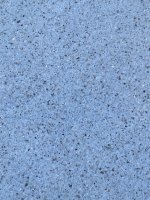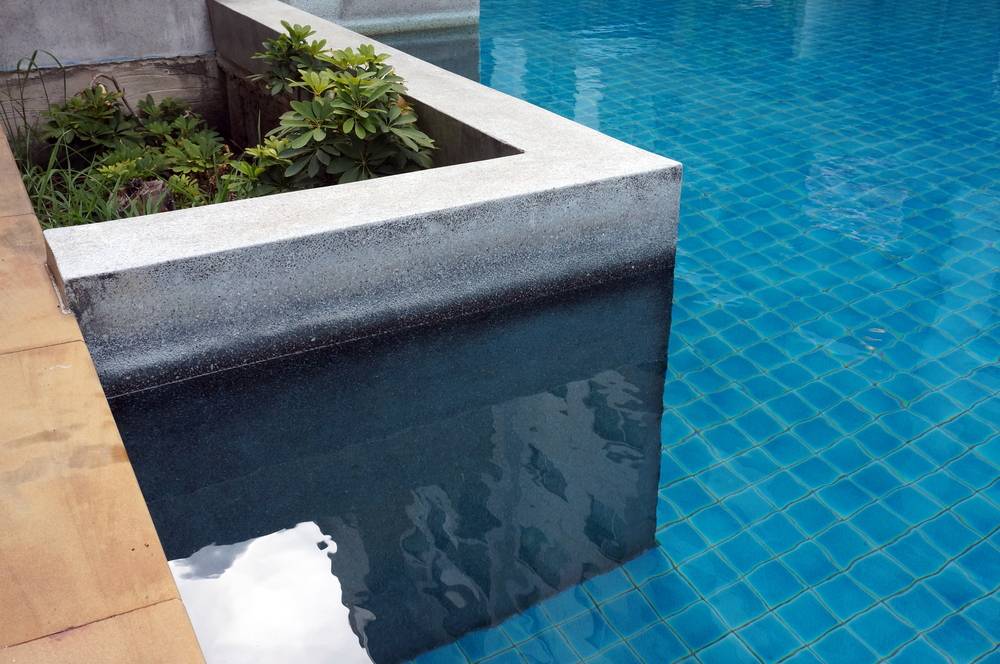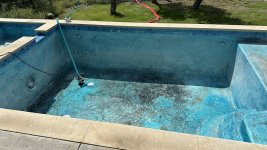- Oct 1, 2022
- 812
- Pool Size
- 20000
- Surface
- Plaster
- Chlorine
- Salt Water Generator
- SWG Type
- Hayward Aqua Rite (T-15)
Pool between 7-10 years. Not sure. Possibly acid washed 1-2 x in past. (not sure). Pool guy says I can acid wash again because of both dark and light stains. How do I know if I reached my limit on acid washing and need to go with the resurfacing? Is there something I can inspect further?














